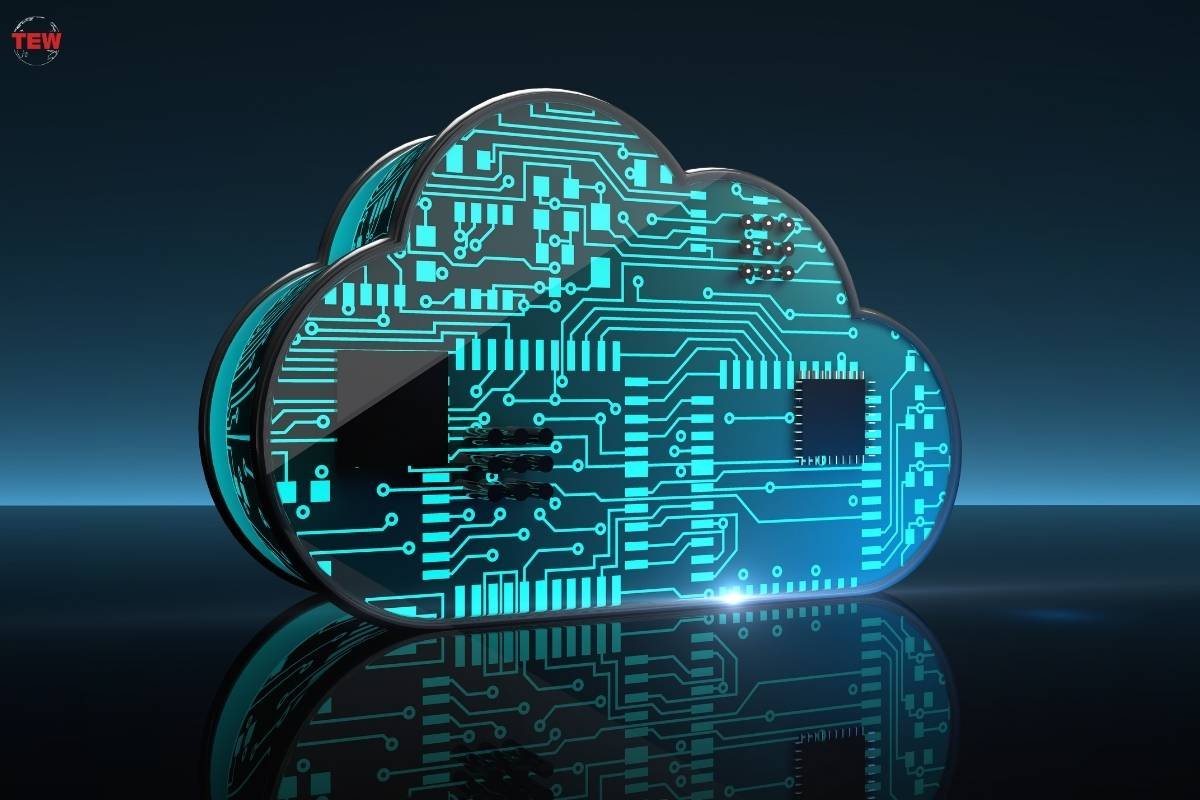As technology relentlessly evolves, so do the threats facing individuals, businesses, and governments. Hence, future of cybersecurity must constantly adapt and innovate to counter emergent risks.
These four trends will be at the forefront, driving the ongoing transformation of cyber defenses and shaping future of cybersecurity best practices.
1. Automation And AI
Automation and artificial intelligence (AI) have become essential tools for enhancing cybersecurity capabilities. Here’s how:
- Supplementing Human Analysts: Sophisticated automation tools and AI algorithms are increasingly being used to augment human security analysts. These technologies can handle large volumes of data and perform tasks at a speed that far surpasses human capabilities.
- Facilitating Rapid Data Analysis: AI can sift through datasets rapidly. It can recognize attack patterns and initiate automated responses at computer speeds, substantially reducing the time to respond to threats.
- Expanding Monitoring Capabilities: The use of AI and automation expands monitoring and threat detection capabilities. This allows for a more comprehensive and proactive approach to cybersecurity.
Despite the advancements in technology, skilled professionals remain crucial. They provide ongoing supervision, strategic insight, and maintenance of AI systems, ensuring that the technology is used effectively and ethically.
2. Zero Trust Architectures

Organizations are increasingly shifting their focus towards Zero Trust Architectures. This approach is gaining traction as a robust response to the vulnerabilities of traditional security models. It implements the following:
- All Access Verification: Zero Trust models authenticate every attempt at access, whether from inside or outside the network. This rigorous verification process is essential for enhancing security. Notably, UEBA or User and Entity Behavior Analytics plays a significant role in this framework, analyzing users’ behavior to detect anomalies that could indicate security threats.
- Least Privilege Access: These models operate on the principle of least privilege access, where users are granted only the minimum permissions needed for their role. This approach, coupled with strict access controls, limits the potential damage from compromised credentials.
- Network Microsegmentation: This is a distinct feature of Zero Trust Architectures. Networks are divided into secure zones with firewalls in between, effectively containing breaches within a single zone and preventing them from spreading across the network.
- Data Encryption: The encryption of data, both in transit and at rest, ensures that data remains secure even if perimeter defenses fail.
Zero Trust Architectures represent a notable advancement in cybersecurity, offering comprehensive security measures to keep pace with the evolving digital landscape.
3. Cloud Adoption
The rapid digital evolution brings a significant shift in data and infrastructure toward public and hybrid cloud environments. This transition offers numerous benefits in terms of efficiency and flexibility, but it also requires reevaluating existing security frameworks.

- Proper Configuration: One of the top priorities in cloud adoption is ensuring proper configuration. Misconfigurations can expose vulnerabilities, making it crucial to set up systems correctly to maintain security.
- Identity And Access Management: Managing who has access to what is another critical aspect of cloud security. Implementing robust identity & access management technologies can help prevent unauthorized access and potential breaches.
- Native Cloud Security Controls: Utilizing native cloud security controls is another vital consideration. These built-in tools can provide additional layers of security and should be leveraged to their full potential.
- Unified Security: As more organizations adopt a hybrid approach, unifying security across both cloud and on-premise environments becomes increasingly important. This ensures consistent security protocols and controls, regardless of where the data resides.
While cloud adoption presents numerous advantages, it also brings new challenges in terms of future of cybersecurity. By focusing on these areas, organizations can navigate this transition more securely and effectively.
4. Remote And Mobile Workforces

The rise of remote and mobile workforces has brought about new cybersecurity challenges. With employees accessing company resources from various devices and locations, securing distributed access has become imperative.
- Device Encryption: One of the core needs in this setup is company-managed end-to-end device encryption. This ensures that data remains secure as it travels from one point to another, reducing the risk of interception.
- Virtual Private Networks (VPNs): The use of VPNs is another essential aspect of securing remote access. They create a secure tunnel for data transmission, providing an additional layer of security.
- Multi-Factor Authentication: Implementing multi-factor authentication adds an extra level of protection. By requiring multiple forms of verification, unauthorized access attempts can be effectively thwarted.
- Enhanced Monitoring: Enhanced monitoring of remote access is also vital. This allows for the timely detection and response to any potential security threats.
- User Training: Training mobile users on security protocols and best practices is essential. This helps close security gaps and ensures that users are aware of their role in maintaining cybersecurity.
Although the shift toward remote and mobile workforces offers flexibility and convenience, it also necessitates a comprehensive and robust approach to cybersecurity. By focusing on these critical areas, organizations can ensure a secure working environment, regardless of their teams’ location.
Final Thoughts
As we look towards the future of cybersecurity, it’s clear that cybersecurity will encounter more changes and fresh challenges. However, by proactively assessing trends and risks, organizations can stay ahead of the curve and achieve a level of cyber resilience fit for the coming decades.
Employing well-informed strategies and maintaining vigilance allows businesses to safely leverage technological advancements. Ultimately, the future of cybersecurity relies on adaptability and a spirit of collaboration across both public and private sectors.


















